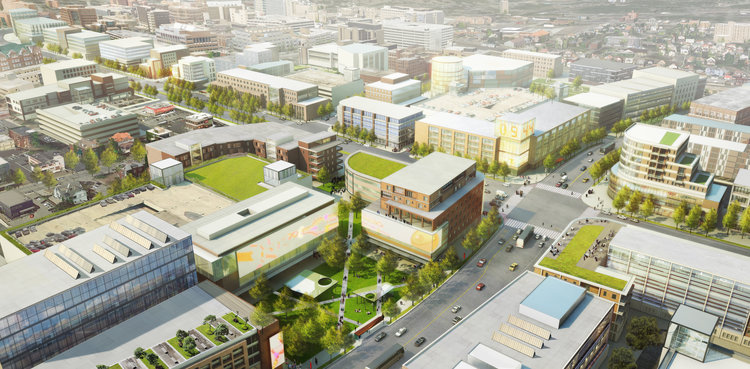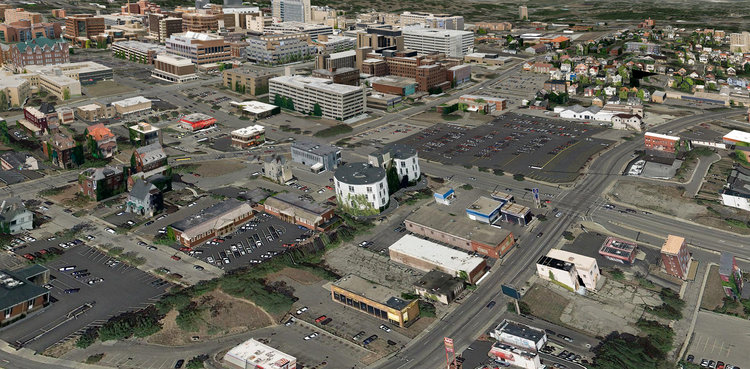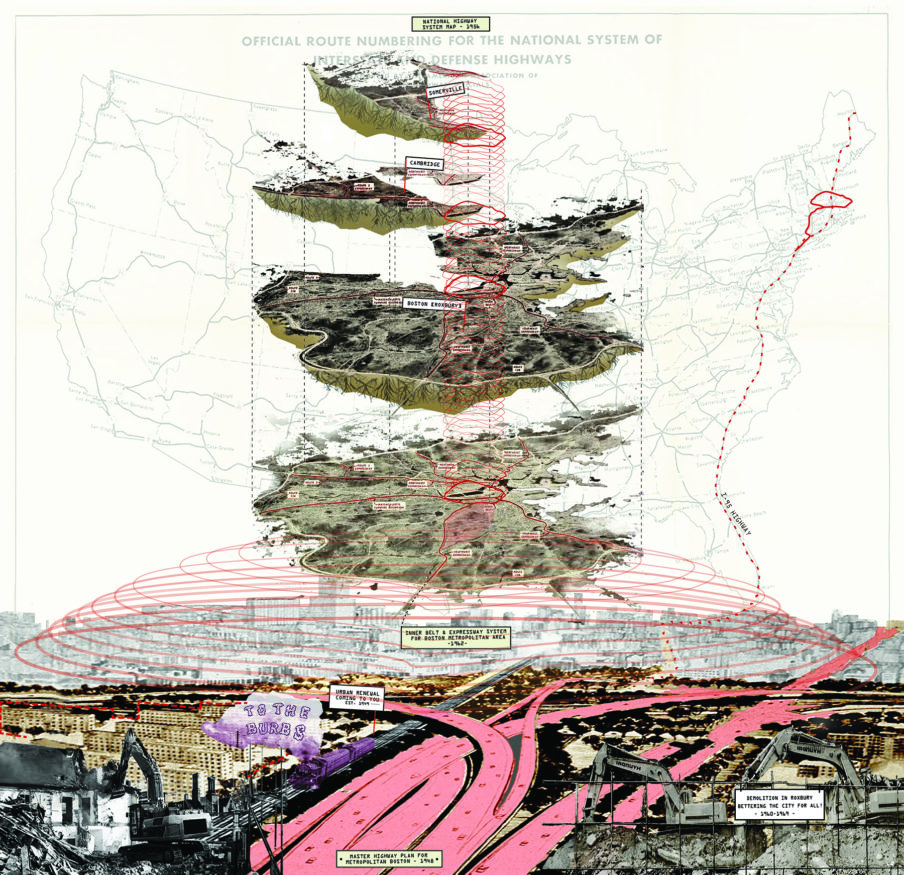Stephen Gray

Gray’s projects have engaged such disparate contexts as the neighborhood surrounding a busy arterial in Cincinnati, a new vision for Bridgeport, the design of downtown Wichita, resilient approaches to Hurricane Sandy’s impact on Long Island’s South Shore, GoBoston’s 2030 mobility master plan, and a refugee settlement in Bekka Valley, Syria.
Gray addresses how systems of racial segregation and legacies of urban renewal continue to affect urban life today. Working at the intersections of politics, power, race, and place, Gray approaches urban design with a socioecological approach that incorporates resiliency as a crucial component of urban equity. Toggling between divergent scales, Gray works across temporal divisions, geographical boundaries, disciplinary specializations, and institutional formations.

Uptown Cincinnati Innovation Corridor Plan: A shared vision for Uptown Cincinnati with University and Medical Institutions, community developers, and municipal partners.

Uptown Cincinnati is home to many of the city’s major educational, health, and cultural institutions and is the second largest employment center in the city.
In Cincinnati, Gray applied this multidimensional framework to transforming a car-dominated stretch of road in the Uptown neighborhood into a showcase of the city’s striking vitality. As a new highway interchange of Interstate 71 risked further increasing traffic on Martin Luther King Drive, Gray, with a team at Sasaki, imagined the Reading Road/MLK Corridor Study. The study expands beyond the traditional scope of a municipal traffic plan to incorporate innovative suggestions on land use, infrastructure, and institutional investment that would stimulate community engagement. The result is a new vision for a usually taken-for-granted expanse of the city that strengthens the neighborhood’s active social life while providing a series of practical improvements.
With the diaspora instigated by the Syrian Civil War, Gray joined other Boston designers to question how practitioners in the United States can use their skills to help ameliorate the lived conditions of complex geopolitical challenges. Gray investigated how public space can be designed for refugee settlements and what design-build initiatives might look like that transcend political boundaries. The Global Design Initiative for Refugee Children began as a project about building playgrounds for displaced children but became an adaptable process focused on the potentials of spaces designed with children in mind. The project continues Gray’s emphasis on combining spatial design with humanistic inquiry into how communities thrive. The project was completed in 2018 but its success has made way for similar work in both Lebanon and in the United States.

Downtown Raleigh Development Plan: A strategic public realm framework, identifying sites and programs for improved connections and key catalytic projects.
With the Harvard Mellon Urban Initiative, Gray leads a team that works on creating visually revelatory representations of well-known sites in the Boston region. Using collage and digital animation, Gray imbues historical images and archival material with new narratives that express the conflictual relationships between familiar places and their histories. Gray’s images showcase the collision of racially based policies and civil disobedience. Gray uses the visual means by which design expresses itself to uncover the often-silenced legacies of significant sites in public memory.

Boston Race & Space: Urban Intermedia - A Harvard-Mellon Urban Initiative. The theme for the Boston portal is “Race and Space”: cautionary tales about infrastructural racism. It spans three eras of city-making and focuses on three physical infrastructures that define the spatial and political dimensions of segregated inner-city neighborhoods where many black Americans and immigrants live, experiencing dramatic disparities in wealth, educational attainment, and life expectancy as well as below-average access to jobs, open space, and public transportation.
Education
Gray is assistant professor of urban design at the Harvard Graduate School of Design. Prior to beginning his career in teaching and research, Gray worked at Sasaki as an urban designer. In 2015, Gray was awarded the National AIA Honor Award, the highest honor granted to individual associate members of the American Institute of Architects.